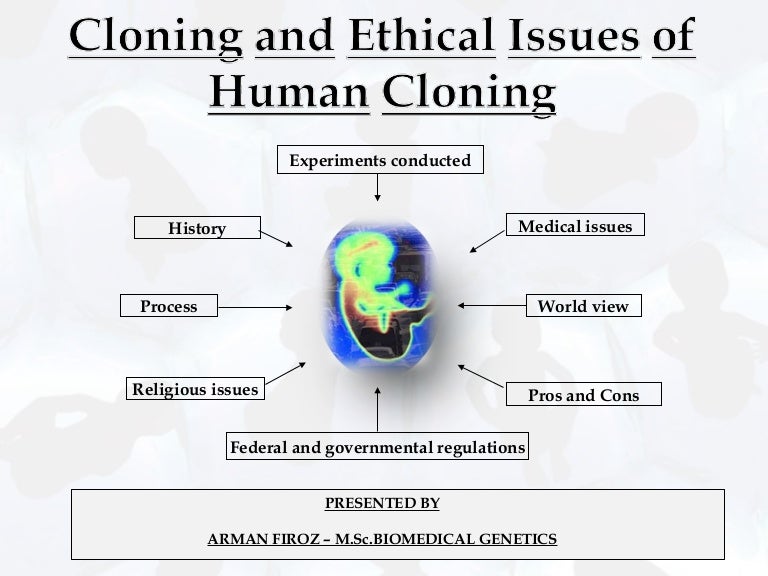



The asset will then be deemed to have been disposed of for consideration at which neither a capital gain nor loss will be incurred. the transaction does not have the effect of changing an individual’s UEO of the asset (or any individual’s share of the UEO) and any individual with UEO after the transfer is an Australian tax resident.changing the number of entities through which the business (or part of it) is operated and.changing the type or any of the entities through which the business (or a part of it) is carried on or.the transferor transfers one or more CGT assets, or all of the assets of its business, for no consideration, to the transferee (both of whom are Australian tax residents) and the transaction is part of a restructure of the business that has the effect of either (or both):.(if the relevant party is an affiliate or connected entity of the SBE) satisfy either subsection 152-10(1A) or (1B) (which deem the “used in business” condition to be satisfied indirectly through use by your affiliate or connected entity).are CGT assets used in a business carried on by the SBE or.an affiliate of, or an entity that is connected with, such an entity Īnd the transferee is not an exempt entity (such as a charity) or a complying super fund.a small business entity (“SBE”) that satisfies the maximum net asset value (“MNAV”) test or.Importantly, proposed Subdivision 328-G may mean the resurrection of the “cloning” of certain non-fixed (i.e. The measure, originally proposed in the 2015-16 Federal Budget, is intended to apply to transfers of assets on or after 1 July 2016. It provides for a roll-over on a transfer of assets not resulting in a change to an individual’s “ultimate economic ownership” (“UEO”). Late last year the Federal Government released an Exposure Draft of legislation which will, if and when enacted, introduce a new Subdivision 328-G, titled “Restructures of Small Businesses” into the Income Tax Assessment Act 1997. Cloning Around: The New Small Business Roll-over Antony Barrier |3rd February 2016


 0 kommentar(er)
0 kommentar(er)
